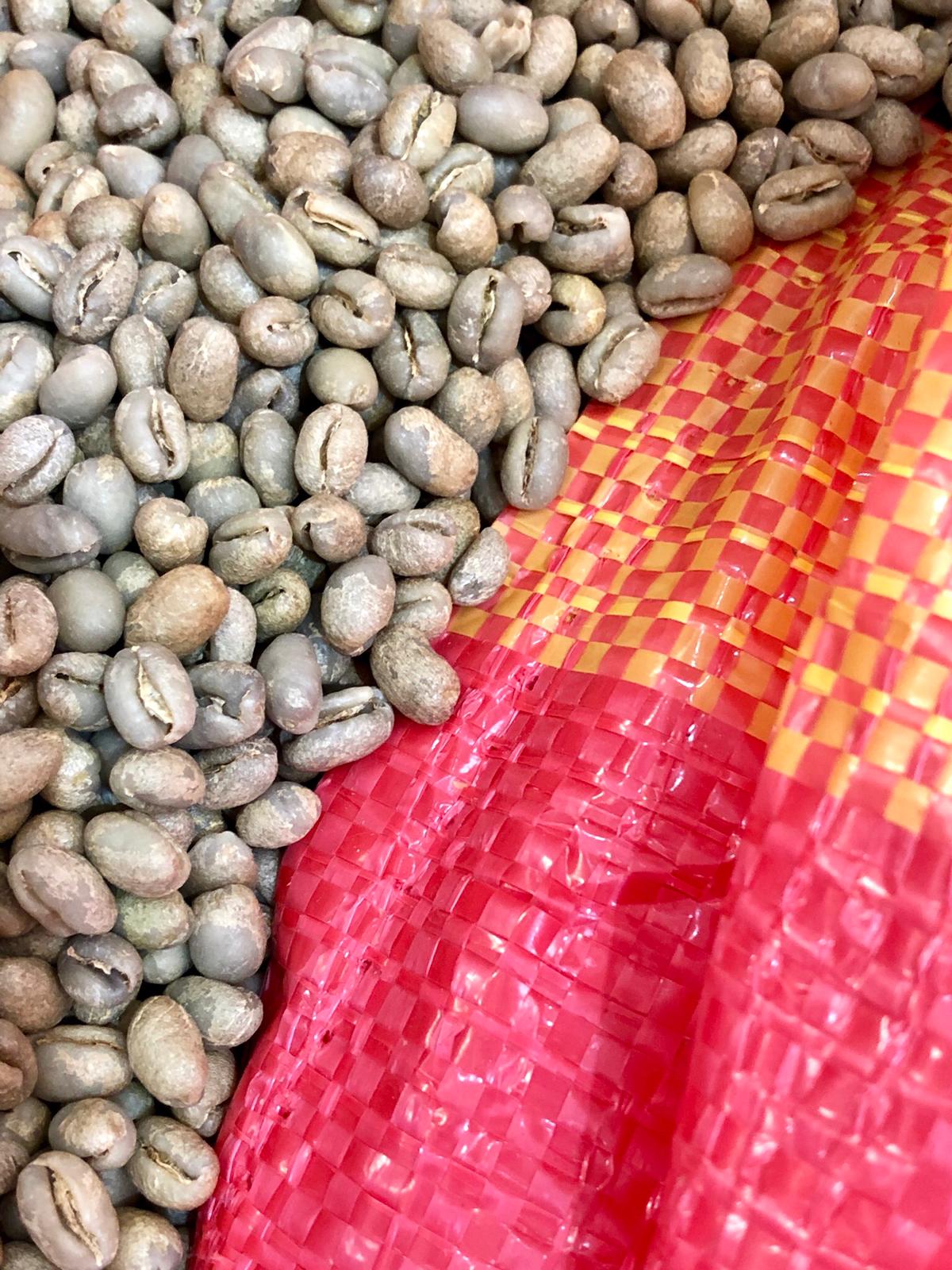
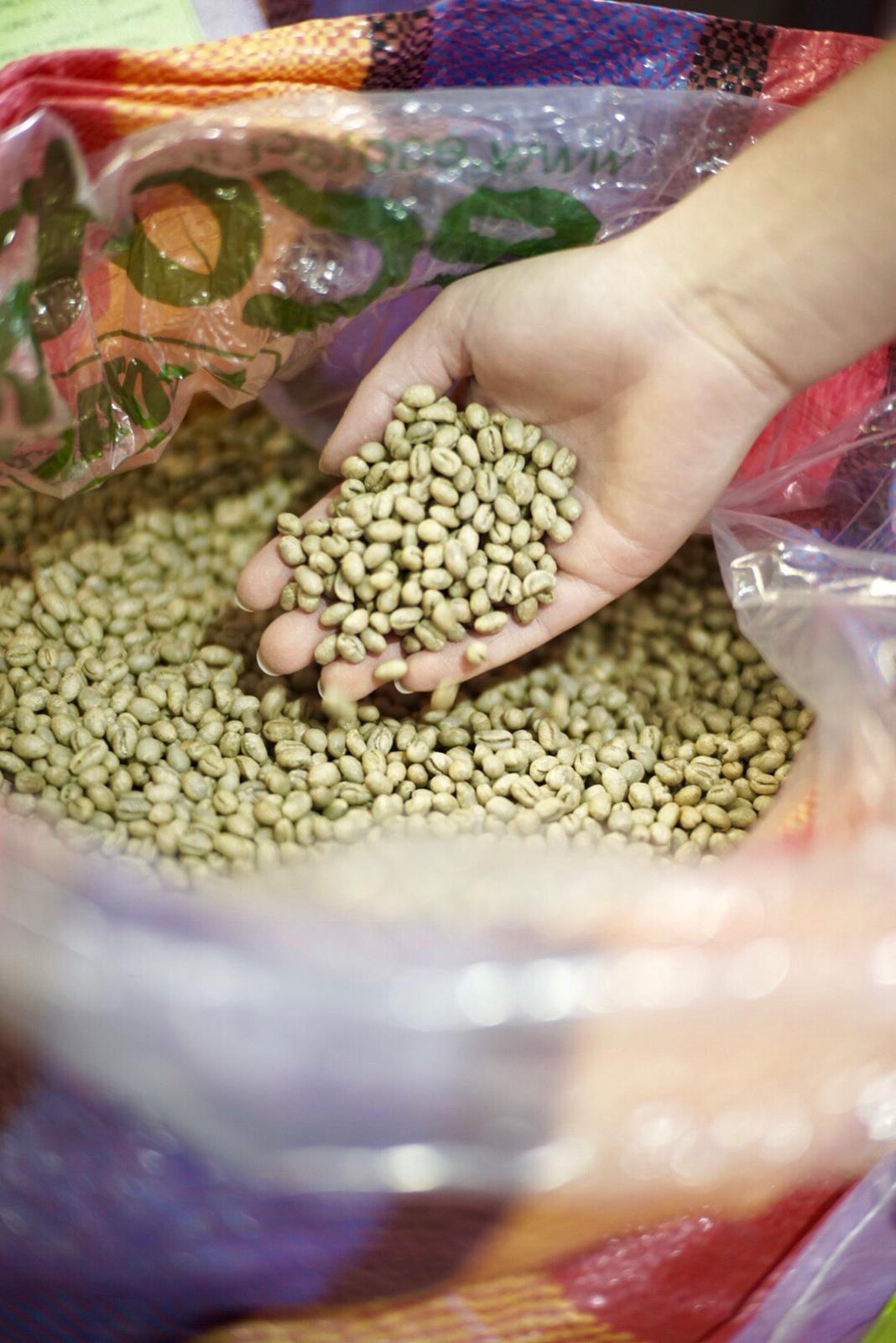
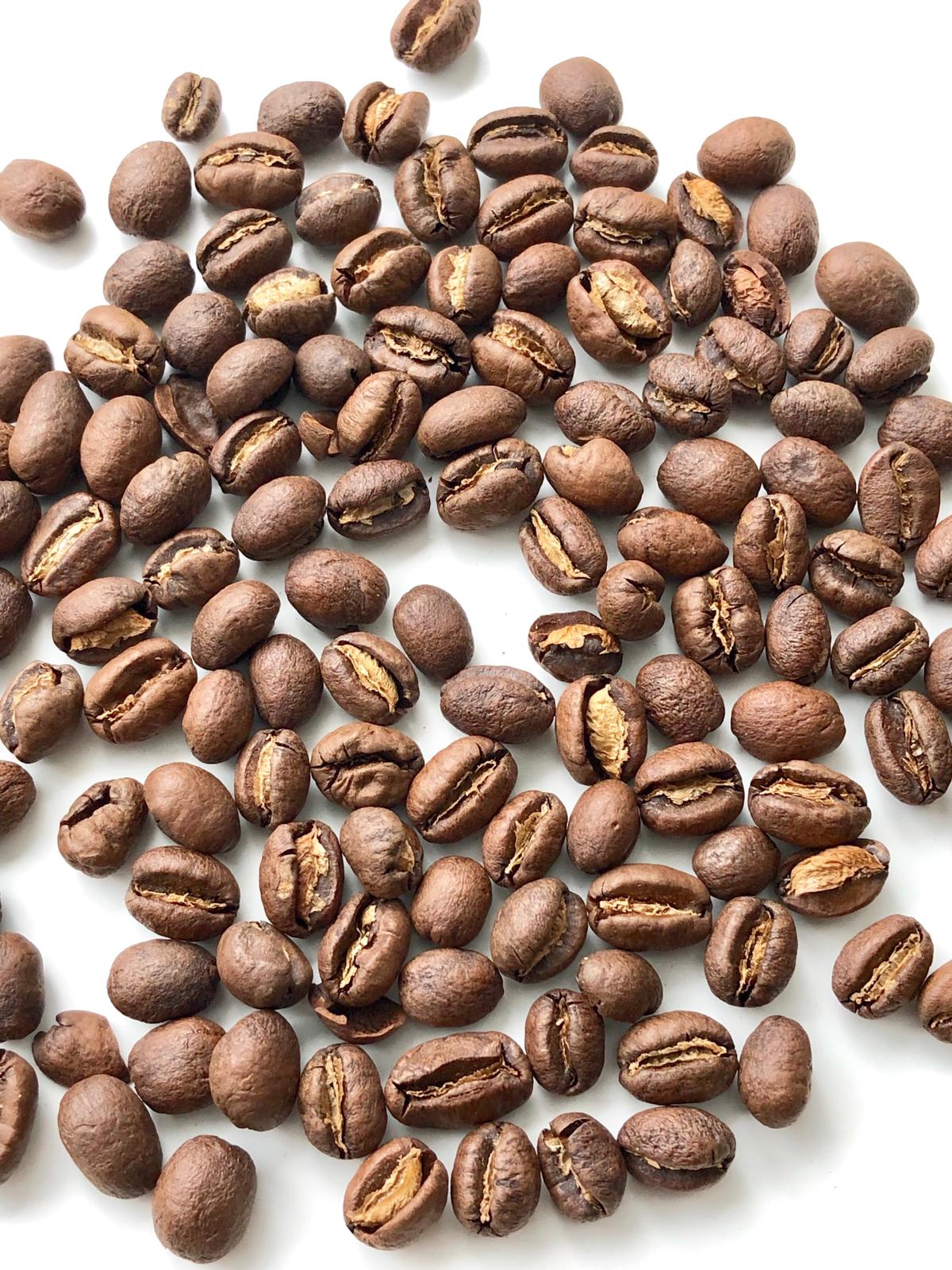



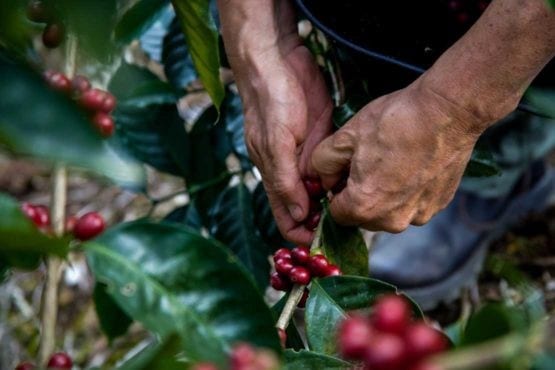
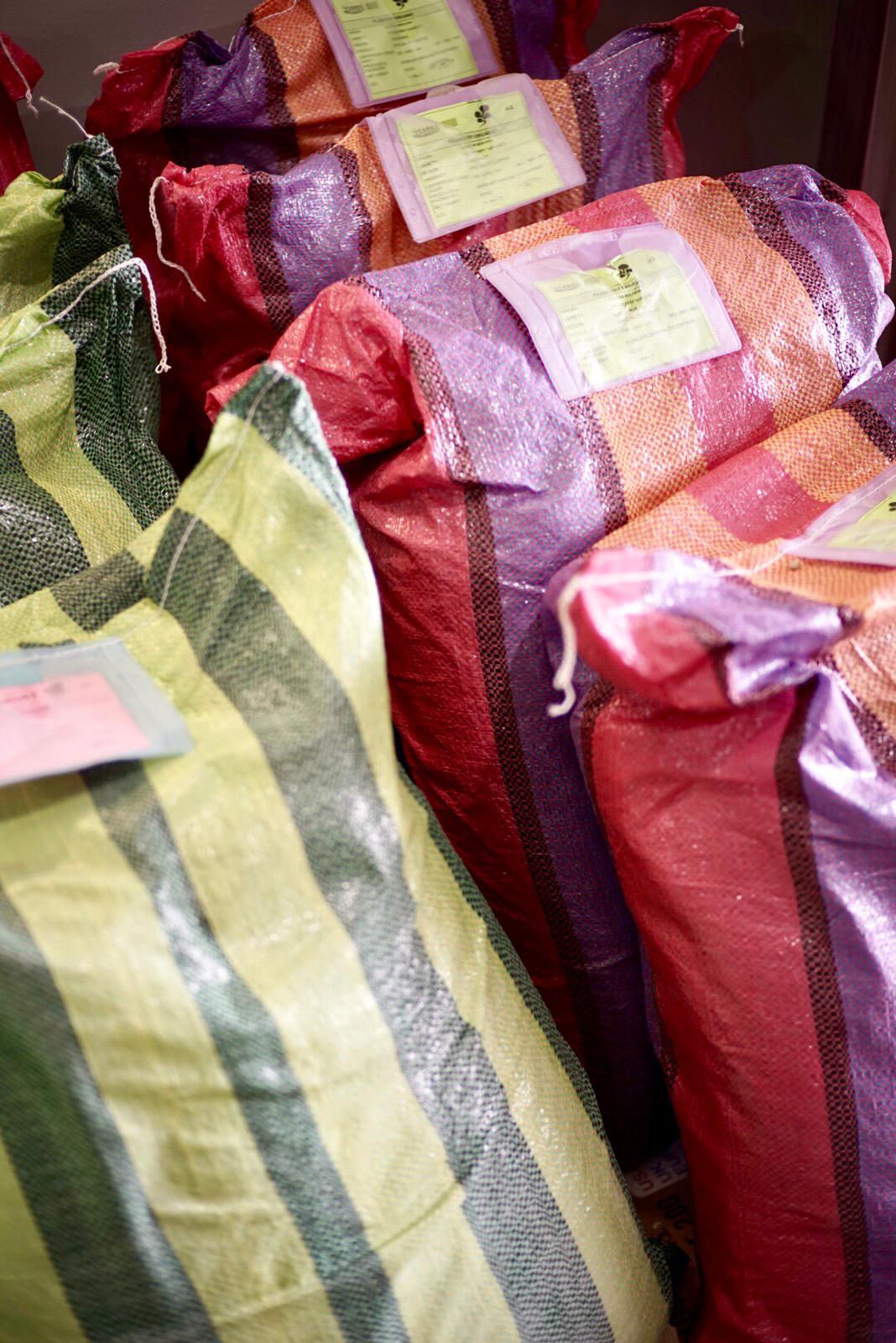
Peaberry.


In the world of coffee Columbus and Pythagorus are both right, a coffee bean can be round and flat.
We had some fresh Bolivian micro-lots arrive on our doorstep this week and it caused quite some excitement around the warehouse. One, the coffee bags they arrived in were colourful and stripey, and two, some of these delightful bags contain Peaberry.
What is Peaberry coffee?
Aficionados are most likely familiar with this slightly sweeter, largely cuter version of the coffee bean, but for the rest of us we perhaps assumed when we saw this word, that Peaberry is a varietal, or maybe even an origin of coffee. What it is, is a mutated version of the bean.
The basics of peas and beans.
Coffee cherry fruit, as a rule, consists of 2 seeds that are flat on one side and rounded on the other. This is because when the seed has been fertilised correctly the two little beans develop in the cherry squashed up against each other, causing the flat-surface we are familiar with. The two seeds/beans sit snuggly together just like you’d imagine, within the cherry, flat sides facing each other. But occasionally a cherry doesn’t develop properly and contains only one fully rounded seed––like a pea.
This mutation is peculiar, and a pea-shaped seed occurs only in around 5% of the coffee fruit produced. A rare little specimen, a Peaberry is seen to be quite a treat.
Why so special?
Some believe a Peaberry is sweeter than its more common cousin. This kinda makes sense, but there are two things to consider with a Peaberry coffee bean. Think about the nutrients the feed coffee fruit. With a healthy fertilisation––two seeds––the nutrients are split and distributed between the two common-shaped seeds, whereas because the lone-seeded Peaberry sits all by itself, you must assume it got more of the good stuff.
On the other hand, a Peaberry is usually created because on the farther branches of the trees the fruit is not getting the same amount of nutrients from the soil as the other fruits. Therefore, these branches don’t have enough good stuff to make two seeds. And that’s where you’ll usually find the rounded, singular seeds.
Either way, Peaberry coffee is considered a delicacy, not only because of its rarity, but also because of the extra work it takes to separate the unique tasting Peaberry from the rest of the crop. Yes, they all come from the same crop––remember, this is not a different type of coffee, just a mutation. Coffee goes through hours of hand-sorting and despite defects part of this process is sieving out our sweet, mutated friends, the Peaberry.
Aside from flavour, why is it so important to separate the round from the flat?
For consistent roasting, the screen size of a coffee bean is taken into consideration––screen size being the surface measurement of a bean. This surface size dictates a roast profile and ensures a uniform roast. So, you can imagine, with a Peaberry coffee the roasting profile would be quite different to a flat surfaced bean. You’ll have to just imagine that for now though, as it’s a quite an involved , scientific explanation around roasting profiles and screen size.
You can imagine, while very excited about the arrival of our Bolivian Peaberry this week, Zest’s Head roaster, Aryan, was also apprehensive about the extra work he’ll have to put into the roasting profiles of these cuties. But nothing good ever came easily.
Our Bolivian Peaberry and flavour profile will be available in the coming weeks. Keep your eyes peeled on our social channels to find out more.